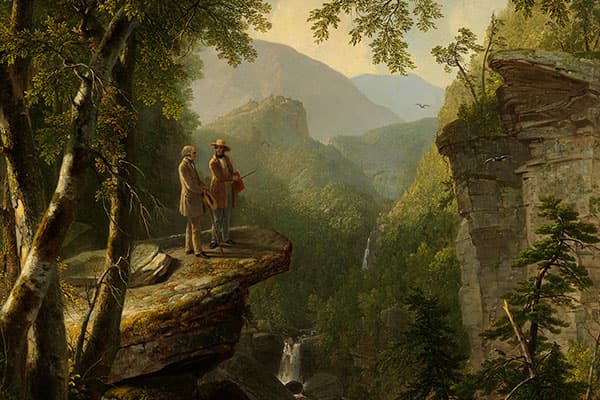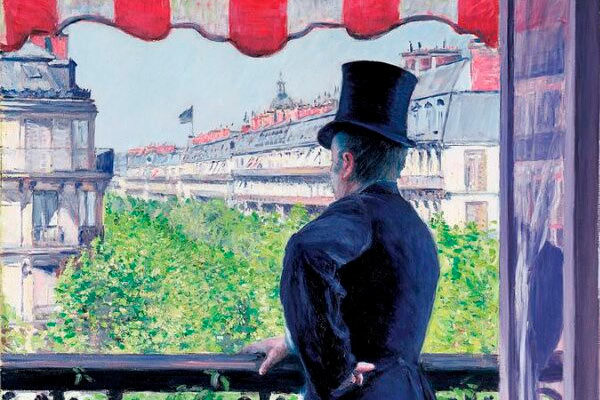One new work for each major museum – suggesting new acquisitions for Art Museums
Suggestion of a work of Art for the ten most important Art museums of the world
by theartwolf.com
published: April 2006
In the last years -more accurately, in the last decades- the art market has suffered a radical change in its protagonists. The economical recuperation, added to the boom in the popularity of painting -especially the modern and contemporary works- have changed the roles in sales and auctions: the museums are almost always unable to compete with private buyers, who pay unreachable prizes for the most coveted works of art. The museums are now forced to choose carefully their acquisitions, and in many occasions they must be helped by governmental funds or private sponsors.
Ignoring economical issues -obviously we are not informed about the economical situation or the financial system of every museum in the world- theArtWolf is suggesting to the main museums in Europe and the United States one artwork that would enrich their wonderful collections.
Of course, except one of two cases that we are not going to reveal, we have no hope that these works could be acquired by their “assigned” museum. Although all of them are in private hands, many of them are not for sale, and their owners seem not willing to let them go. Also, ourelections could, of course, be considered ridiculous by many critics. Nevertheless, here they go:
MUSEO DEL LOUVRE – Paris, France
Jean Auguste Dominique Ingres
Caroline Bonaparte, princess of Murat, queen of Napoli, 1814 (private collection, New York)
What is doing this wonderful picture in private hands? It may sound incredible that a masterwork like this had been out of the public view for almost two centuries, but that’s right: it was lost soon after it was painted, and it was not recovered until the end of the last century. The picture is an absolute masterwork, one of the two or three best portraits by Ingres. The princess stands, elegant and majestic, in front of a large window . The splendour of the lady seems to belittle even the menacing Vesubio, perfectly framed by the window’s horizontal and vertical frames. A masterwork worthy of the world’s best museum. Talking about the Louvre, we were tempted to suggest a Velázquez (intolerable absence in the Parisian museum) but we could not find any work by the Spanish master still in private hands worthy of such a fabled institution.
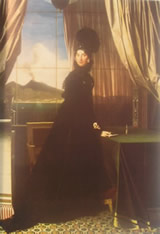
J.A.D. Ingres
Caroline Bonaparte, princess of Murat…
MUSEO DE ORSAY – Paris, France
Claude Monet
Poplars au bord de l’Epte, 1891 (private collection, USA)
One of the most beautiful works by Monet in the world. The composition so beautifully resembles the beauty of a Japanese haiku, asymmetric and touching, while the poplars’ leaves sing in red, purple, and finally in a blue that would make Yves Klein green with envy. It is Monet in his full bloom, and a perfect acquisition for the Orsay Museum, the best collection of impressionist paintings in the world.
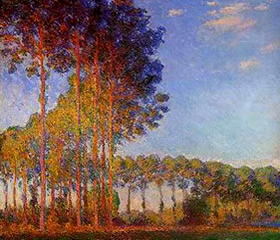
Claude Monet
Poplars au bord de L’Epte
PRADO MUSEUM – Madrid, Spain
Frans Hals
Portrait of Isabella Coymans, c.1650-52 (private collection)
Talking about acquisitions, the Prado is an atypical case among the others museums of the world. Instead of using its economical funds on those fields of its collection that can be considered “incomplete” (flagrant lacks in the early Italian renaissance, for example), its acquisitions are destined to enrich its already fabulous collections of Spanish and Flemish painting (for example, Velázquez’s “El barbero del Papa” or the most recent acquisition of the “Crucifixion” by Juan de Flandes) continuing the taste of the 17th and 18th century Spanish kings. Balancing both ideas (completing vs. enriching) we would suggest a work by an artist who is not represented in the museum, and which would also enrich the great collection of Dutch painting.
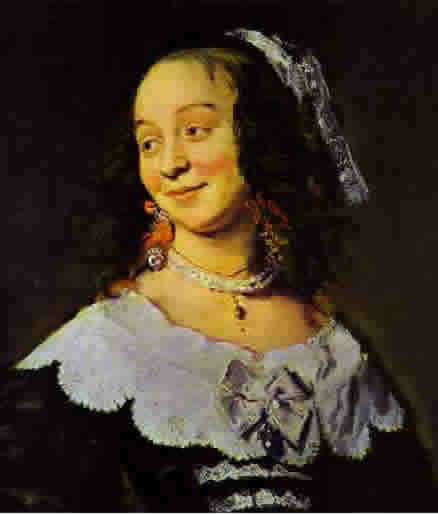
Frans Hals
Isabella Coymans
GALERIA DEGLI UFFIZZI – Florence, Italy
Sandro Botticelli
Story of Nastagio degli Onesti – 4th panel (private collection, possibly in Florence)
Every work by Botticelli should be in Florence, and, if possible, in the Uffizzi. This quite radical and unquestionable idea makes us suggest this panel, adding two advantages: it is the only one panel from the “Nastagio” series still in private hands, being a very different composition than the other three (in fact, it is a perfectly independent work). Also, the fact of being owned by an Italian collector would keep foreign buyers away, making its acquisition much easier.
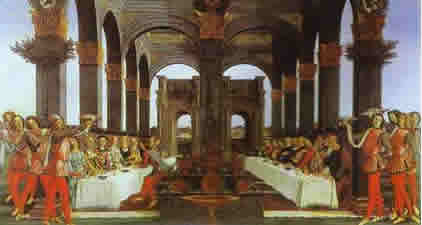
Sandro Botticelli
Story of Nastagio degli Onesti
NATIONAGALERIE – Berlin, Germany
Caspar David Friedrich
The cuirassier at the forest, 1832 (private collection, Bielefeld)
The Nationalgalerie has the opportunity to do with Friedrich what the Tate did with Turner or the Prado with Velázquez: an author that by himself “makes a museum”. This work, which could proudly hang besides the “The Lonely Tree” or the “The monk by the sea”, is, even with its small size, a fabulous example of the beauty and charm of the romanticism, and a piece of German national heritage.
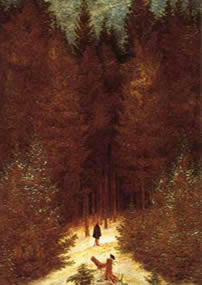
Caspar David Friedrich
The cuirassier at the forest
METROPOLITAN MUSEUM OF ART – New York, USA
Fra Angelico
Madonna and child with a bunch of grapes (private collection, formerly in the Matthiesen Gallery)
This is an exceptional early Renaissance panel, one of the very best still in private hands, which had been wandering on the art market from a long ago. As far as we know, the Met owns only one work by Fra Angelico, much inferior in quality than this one.
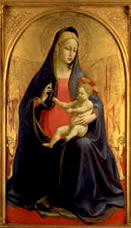
Fra Angelico
Madonna and child with a bunch of grapes
MUSEUM OF MODERN ART (MOMA) – New York, USA
Jean Bugatti
Bugatti T57 SC Atlantic, 1938
You didn’t expect this, did you? One of the biggest achievements of the MOMA has been the inclusion in its collections of artistic fields not usually accepted by other museums, and the acquisition of the most beautiful piece of “rolling art” ever created would be another triumph in its list of achievements.

Jean Bugatti
Bugatti T57 SC Atlantic
Follow us on:

